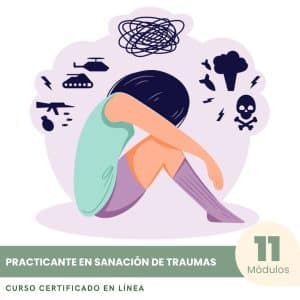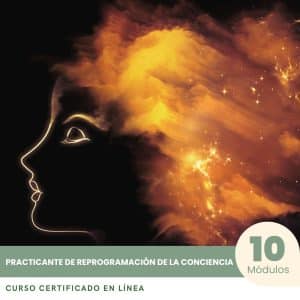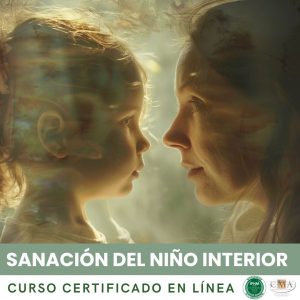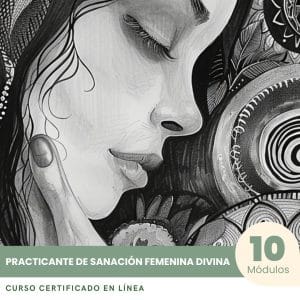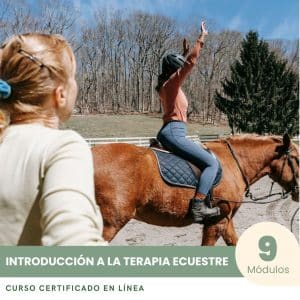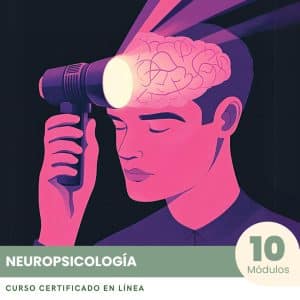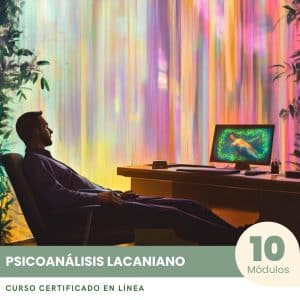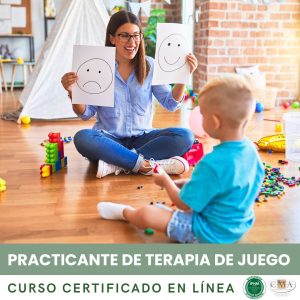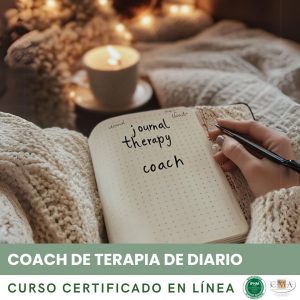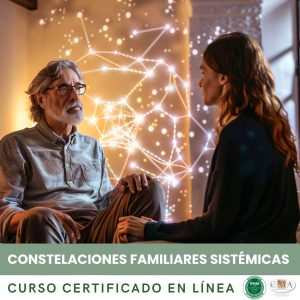
Laughter therapy is a generally beneficial and safe approach, suitable for a wide audience and presenting few risks when practiced in a suitable environment. However, like any therapeutic intervention, it must be used with discretion and caution, considering the specificities and vulnerabilities of each individual.
Indeed, there are certain situations where laughter can be contraindicated, inappropriate or risky, and where it is necessary to abstain or adapt the practice. This is particularly the case for people suffering from certain physical pathologies, such as severe asthma, uncontrolled epilepsy, abdominal hernias, glaucomas or facial lesions. Laughter indeed involves intense activation of the diaphragm, abdominal and facial muscles, as well as an increase in intra-thoracic and intra-ocular pressure, which can aggravate these conditions or cause complications.
For example, a person with asthma may have their breath cut off by a prolonged fit of laughter, which could trigger an asthma attack. Likewise, a person with epilepsy may be surprised by unusual stimuli such as bursts of laughter, which could trigger a seizure. It is therefore essential, before any laughter therapy session, to ensure the health status of the participants and their capacity to tolerate moderate physical exertion.
Laughter can also be contraindicated in certain psychological or psychiatric situations, such as manic episodes, dissociative states, personality disorders or unresolved trauma. In these cases, laughter can be experienced as a destabilizing, intrusive, or detached from real emotions experience, and reinforce a feeling of loss of control or derealization. It can also reactivate painful memories or maladaptive defense mechanisms, such as nervous laughter or pathological hilarity.
For example, a person who has suffered violence or humiliation in childhood may associate laughter with feelings of shame, guilt or submission, and experience invitations to laugh as a hurtful command. It is therefore essential in the practice of laughter therapy, to create a safe and caring environment, where everyone feels free to participate at their own pace and within their own limits, without ever forcing or judging. Laughter should naturally arise from a feeling of trust and sharing, and not be imposed from outside.
Beyond these specific contraindications, there are general precautions to take to ensure the smooth running and safety of laughter therapy sessions. It is important to respect hygiene and distancing rules, by avoiding non-consensual physical contact and ensuring good ventilation of the premises. It is also recommended to provide breaks and recovery periods between exercises, to allow each person to catch their breath and hydrate.
The therapist must be attentive to signs of fatigue, discomfort or resistance from participants, and adapt the pace and intensity of exercises accordingly. They must also be able to manage the unexpected emotions and reactions that can emerge during sessions, such as tears, anger or excessive excitement, by offering empathetic listening and proposing emotional regulation techniques.
Finally, it is important to remember that laughter therapy is not a panacea or a substitute for traditional medical or psychotherapeutic treatments. It fits into a complementary and integrative approach to health, aiming to strengthen the resources and well-being of the individual, parallel to other suitable interventions. The therapist must therefore work in collaboration with other health professionals, respecting the indications and limits of their field of competence.
In summary, the practice of laughter therapy requires solid training, an ethical posture and constant vigilance, to offer a safe and caring environment for participants. By respecting the contraindications and precautions of use, by adapting to the needs and limits of each one, it is possible to make laughter a powerful and respectful therapeutic tool, in the service of global health and the fulfillment of the individual.
Key Points to Remember:
– Laughter therapy is generally beneficial and safe, but it must be practiced with discernment and caution, taking into account the specificities of each individual.
– Laughter can be contraindicated for certain physical conditions (severe asthma, epilepsy, hernias, glaucoma, facial lesions) as it involves intense activation of the diaphragm, abdominal and facial muscles, and an increase in intra-thoracic and intra-ocular pressure.
– Laughter can also be inappropriate in certain psychological or psychiatric situations (manic episodes, dissociative states, personality disorders, unresolved trauma), as it can be experienced as destabilizing, intrusive, or disconnected from real emotions.
– It is essential to create a safe and caring environment where everyone feels free to participate at their own pace, without ever forcing or judging. Laughter should naturally arise from a feeling of trust and sharing.
– General precautions should be taken: respect for hygiene and distancing rules, breaks and recovery times, attention to signs of fatigue or discomfort, management of unexpected emotions.
– Laughter therapy is complementary to traditional medical and psychotherapeutic treatments. The therapist must work in collaboration with other health professionals.
– Solid training, an ethical posture, and constant vigilance are necessary to make laughter a powerful and respectful therapeutic tool, in the service of global health and the fulfillment of the individual.
👉 To download docx (Editable) file click here : Click here
👉 To download PDF file click here : Click here
👉 To download MP3 file click here : Click here



